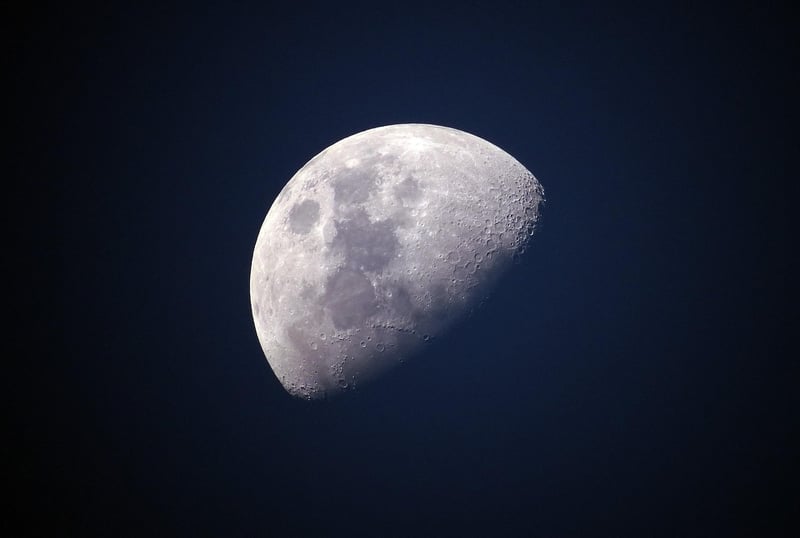Celestial Bodies Study
Marvel at the Beauty of the Cosmos
Have you ever looked up at the night sky and felt a sense of wonder and awe at the vastness of the cosmos? The universe is a beautiful and mysterious place, filled with celestial bodies that have captivated humanity for centuries. From twinkling stars to majestic planets, there is so much to explore and discover in the great beyond.
Stargazing 101
Stargazing is a wonderful way to connect with the universe and appreciate the beauty of the night sky. To get started, find a dark spot away from city lights, set up a blanket or chair, and let your eyes adjust to the darkness. You can use a star chart or a stargazing app to help identify constellations and planets.
Celestial Bodies Study
Let's take a closer look at some of the fascinating celestial bodies you can observe in the night sky:
1. Stars
Stars are massive, luminous spheres of plasma that emit light and heat through nuclear reactions in their cores. They come in various colors, sizes, and brightness levels, adding to the beauty of the night sky.
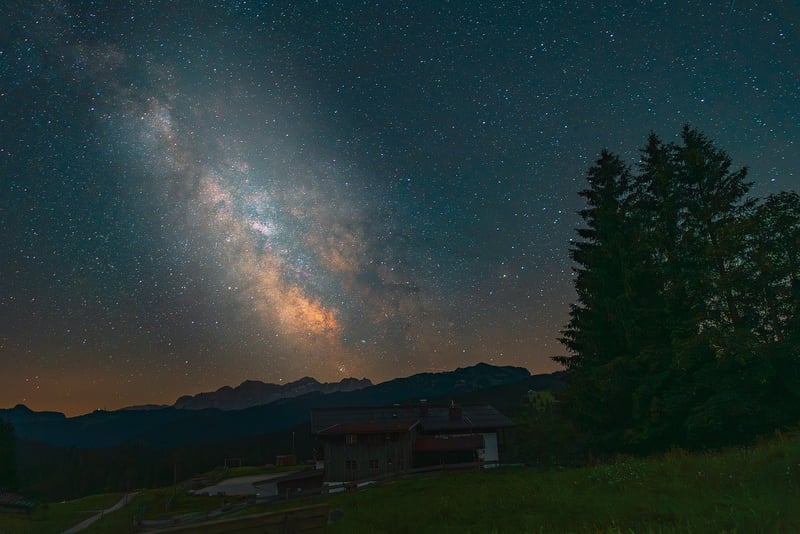
2. Planets
Planets are large celestial bodies that orbit around stars. From the gas giants like Jupiter and Saturn to the rocky planets like Earth and Mars, each planet has its own unique characteristics and mysteries waiting to be explored.
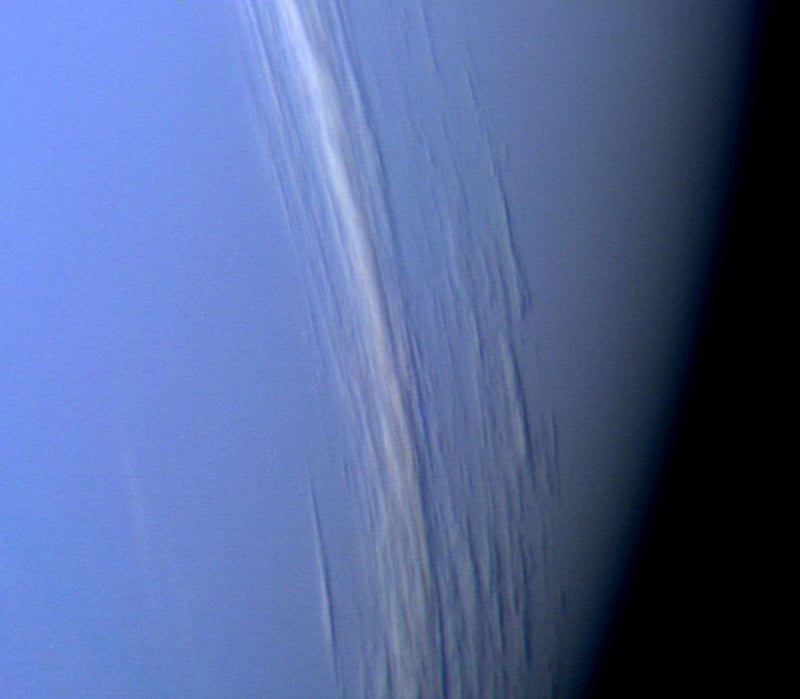
3. Moons
Moons are natural satellites that orbit planets and come in various sizes and compositions. Our own Moon, with its craters and maria, is a captivating sight in the night sky.
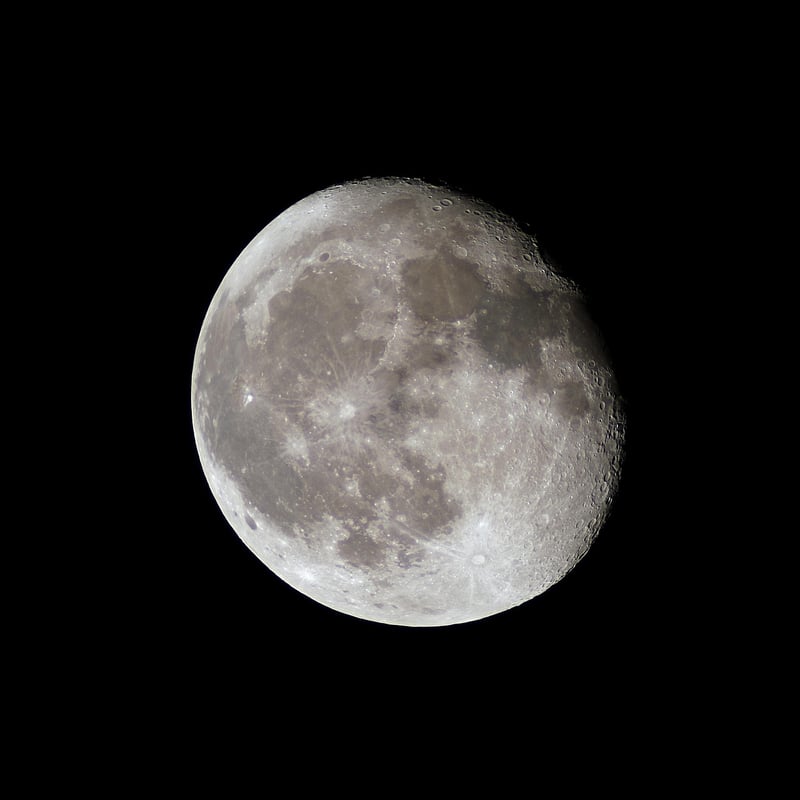
4. Galaxies
Galaxies are vast systems of stars, gas, dust, and dark matter held together by gravity. The Milky Way, our own galaxy, is just one of billions of galaxies in the universe, each with its own unique shape and structure.
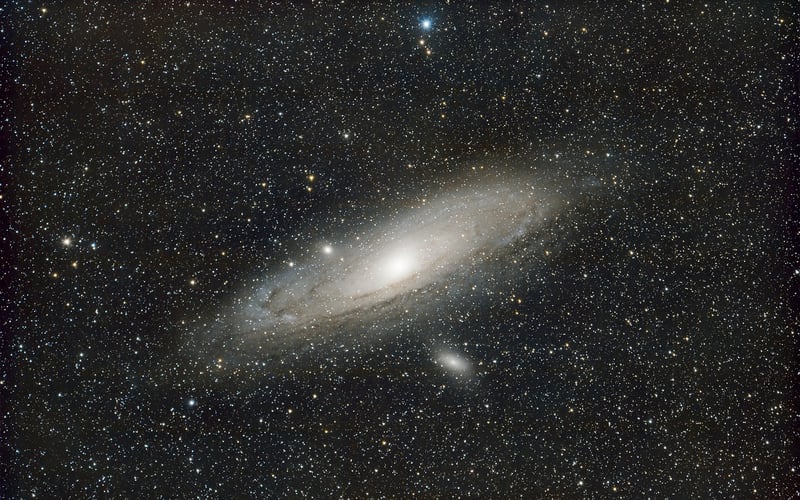
Exploring the cosmos and studying celestial bodies can be a truly enlightening experience. So, grab a telescope, head outside, and marvel at the beauty of the night sky!
Remember, the universe is full of wonders waiting to be discovered, so keep looking up and let the beauty of the cosmos inspire you!
